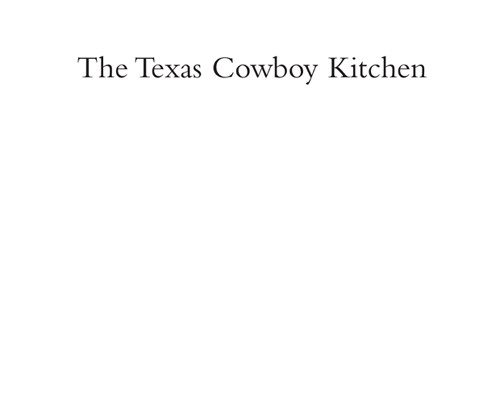
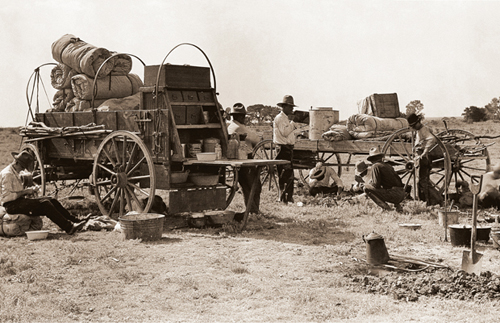
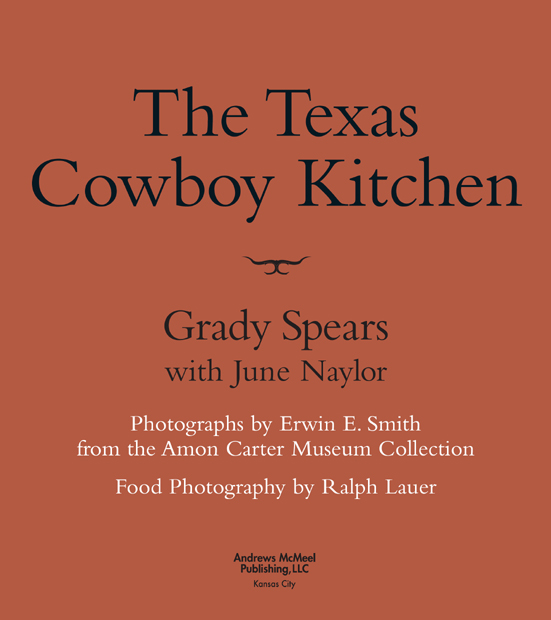
The Texas Cowboy Kitchen copyright 2007 by Grady Spears and June Naylor. Food photographs copyright 2007 by Ralph Lauer. All rights reserved. No part of this book may be used or reproduced in any manner whatsoever without written permission except in the case of reprints in the context of reviews. For information, write Andrews McMeel Publishing, LLC, an Andrews McMeel Universal company, 1130 Walnut Street, Kansas City, Missouri 64106.
First published in 2003 by Texas Monthly Custom Publishing, 701 Brazos, Suite 1600, Austin, Texas 78701.
E-ISBN: 978-0-7407-9328-8
Library of Congress Control Number: 2007928068
www.andrewsmcmeel.com
Jacket design by Julie Barnes.
Cover photos by Erwin E. Smith, courtesy of the Amon Carter Museum.
Back cover photos by Ralph Lauer.
Author photos by Ralph Lauer.
Food photography: Ralph Lauer
Food and prop styling: Meda Kessler
Portrait styling: Gary Leatherwood
Archival photography: Erwin E. Smith
Archival photos from the Amon Carter Museum Collection, Fort Worth, Texas
ATTENTION: SCHOOLS AND BUSINESSES
Andrews McMeel books are available at quantity discounts with bulk purchase for educational, business, or sales promotional use. For information, please write to: Special Sales Department, Andrews McMeel Publishing, LLC, 1130 Walnut Street, Kansas City, Missouri 64106.
specialsales@amuniversal.com
For Jennifer and Mike
Contents
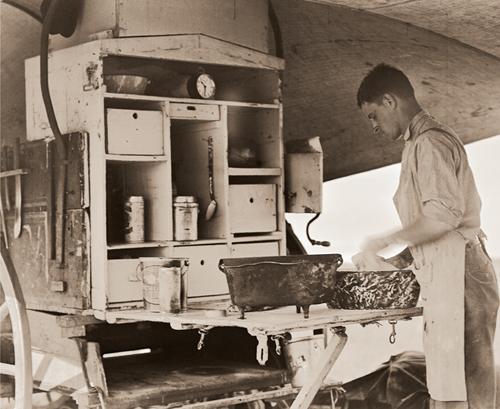
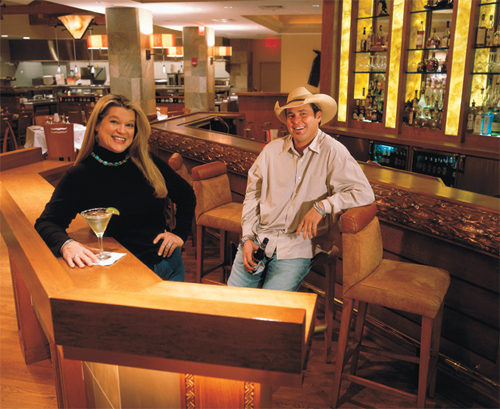
June Naylor and Grady Spears in Fort Worth, Texas.
FORWORD
I F THERES ANYONE WHO UNDERSTANDS great Texas food and appreciates the states cowboy heritage, its Grady Spears. You see, Im right there with him. Baseball was a wonderful career for me, but cattle ranching has always been my primary passion. So it stands to reason that Id come across somebody like Grady.  Since meeting in 1998, Grady and I have worked together on several projects. Hes rustled up some darn good suppers at fund-raisers, including those for the Ranch Management Program at Texas Christian University, in Fort Worth. Hes cooked hundreds of steaks at my ranch, and we even appeared together in a special program for the Food TV Network called The Cowboys Kitchen. These events gave me the chance to see that Gradys a true Texas cowboy who knows the importance of making the best in Texas grub.
Since meeting in 1998, Grady and I have worked together on several projects. Hes rustled up some darn good suppers at fund-raisers, including those for the Ranch Management Program at Texas Christian University, in Fort Worth. Hes cooked hundreds of steaks at my ranch, and we even appeared together in a special program for the Food TV Network called The Cowboys Kitchen. These events gave me the chance to see that Gradys a true Texas cowboy who knows the importance of making the best in Texas grub.  Gradys probably the only guy I know who could dress up Frito pie and make it pretty, and the only cook whod think of marinating skirt steak in Dr Pepper for making tostadas. Face it, the only person who would do all that is someone whos as at ease in a worn pair of leather chaps as he is wielding a saut pan.
Gradys probably the only guy I know who could dress up Frito pie and make it pretty, and the only cook whod think of marinating skirt steak in Dr Pepper for making tostadas. Face it, the only person who would do all that is someone whos as at ease in a worn pair of leather chaps as he is wielding a saut pan.  I think youll like The Texas Cowboy Kitchen for several reasons. Its packed with the sensational foods of Texas, all improved upon by Grady, who happens to be the nations leading contemporary cowboy cook. On top of that, its filled with the lore, legend, and romance of the famous Chisholm Trail and blessed with exceptional pictures by Erwin E. Smith, the foremost cowboy photographer in history.
I think youll like The Texas Cowboy Kitchen for several reasons. Its packed with the sensational foods of Texas, all improved upon by Grady, who happens to be the nations leading contemporary cowboy cook. On top of that, its filled with the lore, legend, and romance of the famous Chisholm Trail and blessed with exceptional pictures by Erwin E. Smith, the foremost cowboy photographer in history.  The book captures an era when chuck-wagon cooks on the cattle drive kept the cowpokes fed with beans, tortillas, beef jerky, and stews. And while cowboys of the Chisholm Trail days didnt have such treasures as beef tenderloin with Hollandaise Diablo or pan-roasted trout ranchero, trail-weary travelers today can find that kind of happiness at Gradys restaurants and in this book. Sure, the ingredients have been around for the past 150 years, but you can bet that nobody has ever put them together in the irresistible fashion that has become synonymous with Grady Spears renowned cowboy cooking.
The book captures an era when chuck-wagon cooks on the cattle drive kept the cowpokes fed with beans, tortillas, beef jerky, and stews. And while cowboys of the Chisholm Trail days didnt have such treasures as beef tenderloin with Hollandaise Diablo or pan-roasted trout ranchero, trail-weary travelers today can find that kind of happiness at Gradys restaurants and in this book. Sure, the ingredients have been around for the past 150 years, but you can bet that nobody has ever put them together in the irresistible fashion that has become synonymous with Grady Spears renowned cowboy cooking.  Its all here, with much more. Enjoy your reading, your history lessons, and great eating. Nolan Ryan
Its all here, with much more. Enjoy your reading, your history lessons, and great eating. Nolan Ryan
CATTLE DRIVES AND THE AMERICAN COW BOY
The Chisholm Trail

Jesse Chisholm
W HILE THE CHISHOLM Trail had a far-reaching impact on American life, business, and culture, it proved a critical element in the economic recovery of Texas after the Civil War when the Lone Star State was left in a desperate condition with little currency to rebuild its economy. This trail was the route for hundreds of thousands of Longhorns to travel north to market, thereby creating a strong cattle industry in Texas. Moreover, the Chisholm Trail established the image of the American cowboy as a brave man on horseback, able to cope with a broad range of challenges in the face of the untamed West.
During the years before the Civil War, the Shawnee Trail became an important route for taking cattle to markets in the Midwest. This trail took cattle to Missouri and then northward, but the volume of traffic was not great in comparison to what was to come later. A simple matter of economics caused the Chisholm Trail to come into existence. During the Civil War (18611865), Texas ranches were largely abandoned as young men went into military service and existing cattle herds multiplied in the wild. Traditional markets were cut off because of the war, and it was difficult to move the cattle to support the Southern armies fighting many miles away. As a result, Texas became filled with thousands of wild, unbranded Longhorn cattle by the end of the Civil War. However, these cattle were worth little unless they were taken to markets in the large cities of the Midwest or the East. The Chisholm Trail came into existence to connect the large quantities of beef in Texas to supply the pent-up demand that existed throughout the North after the war.
The Chisholm Trail provided flat grasslands to take the herds of cattle on a direct route north to the towns in Kansas with rail lines, then onward to meat-packing houses in the Midwest and East. After the Civil War, Joseph G. McCoy, a businessman from Illinois, identified the opportunity to sell the Texas cattle in Kansas at towns where train service was just becoming available. He promoted the idea to the railroads and to the Texas ranchers, and by 1867, the first cattle were being moved up toward Kansas.
McCoy identified the logical route to take the cattle north. A portion of his proposed route had previously been mapped out and used by a well-known frontiersman by the name of Jesse Chisholm. Chisholm had moved goods and some cattle from central Indian Territory to southern Kansas, and people referred to this as the Chisholm Trail. As cattle began to come up from Texas, the drovers used Jesse Chisholms route in Indian Territory. Over time, the entire route became commonly known as the Chisholm Trail.


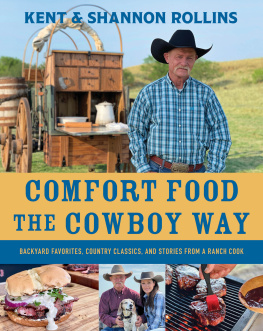
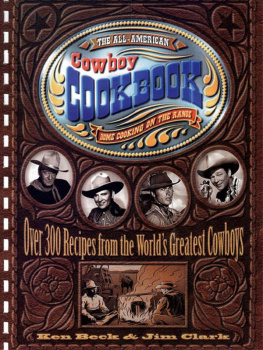
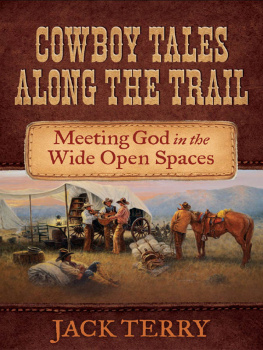
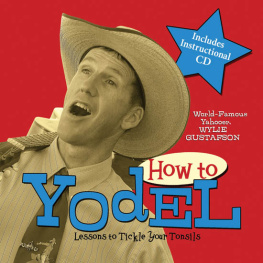
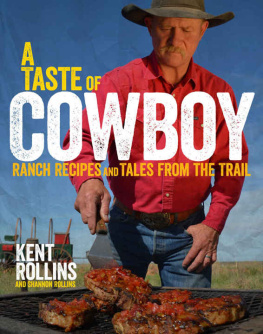
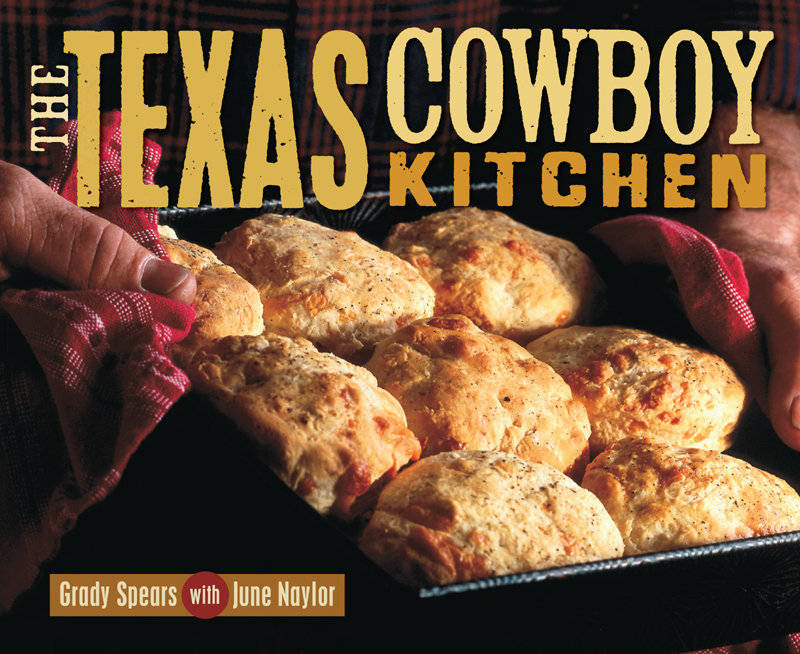





 Since meeting in 1998, Grady and I have worked together on several projects. Hes rustled up some darn good suppers at fund-raisers, including those for the Ranch Management Program at Texas Christian University, in Fort Worth. Hes cooked hundreds of steaks at my ranch, and we even appeared together in a special program for the Food TV Network called The Cowboys Kitchen. These events gave me the chance to see that Gradys a true Texas cowboy who knows the importance of making the best in Texas grub.
Since meeting in 1998, Grady and I have worked together on several projects. Hes rustled up some darn good suppers at fund-raisers, including those for the Ranch Management Program at Texas Christian University, in Fort Worth. Hes cooked hundreds of steaks at my ranch, and we even appeared together in a special program for the Food TV Network called The Cowboys Kitchen. These events gave me the chance to see that Gradys a true Texas cowboy who knows the importance of making the best in Texas grub. 